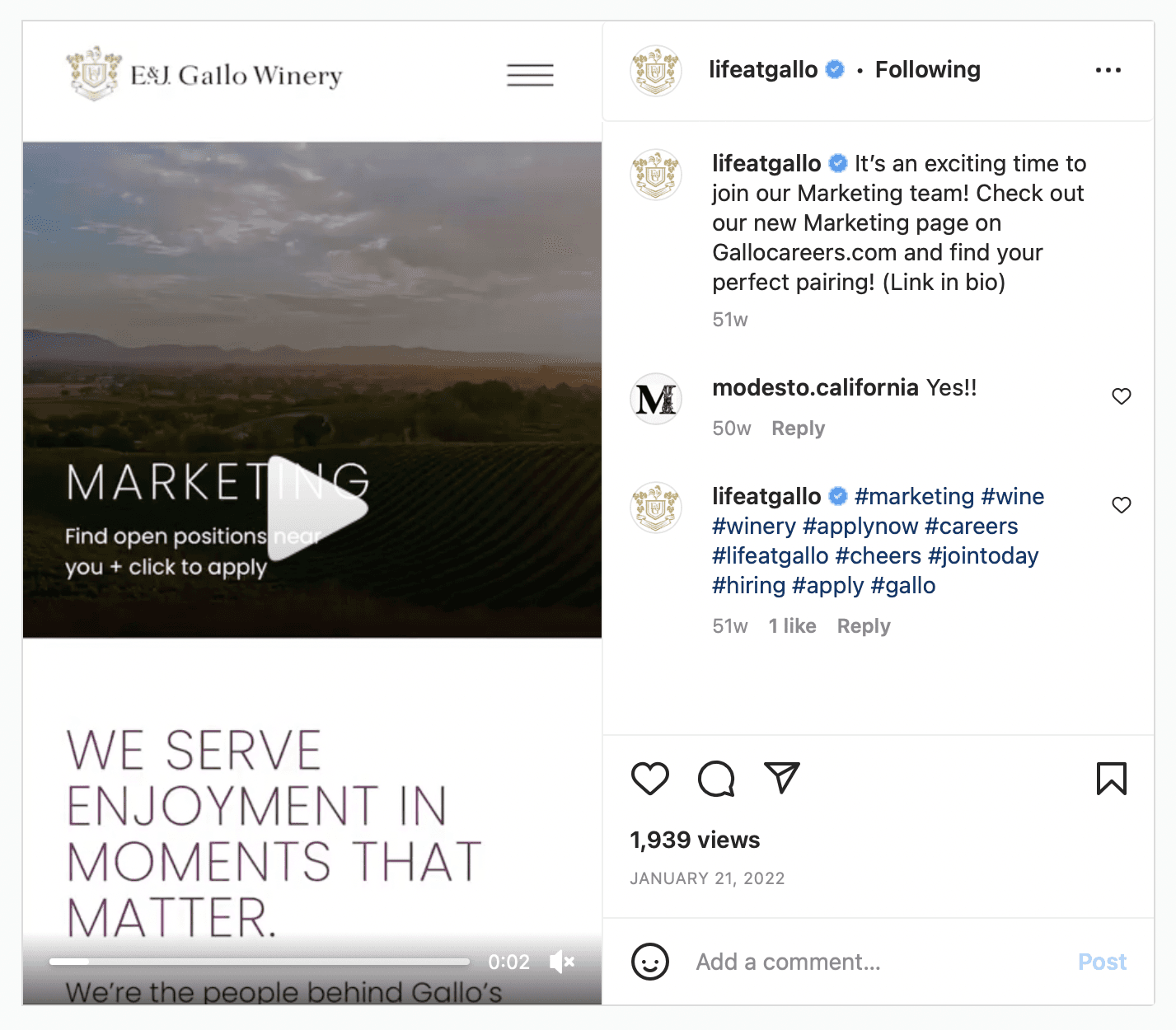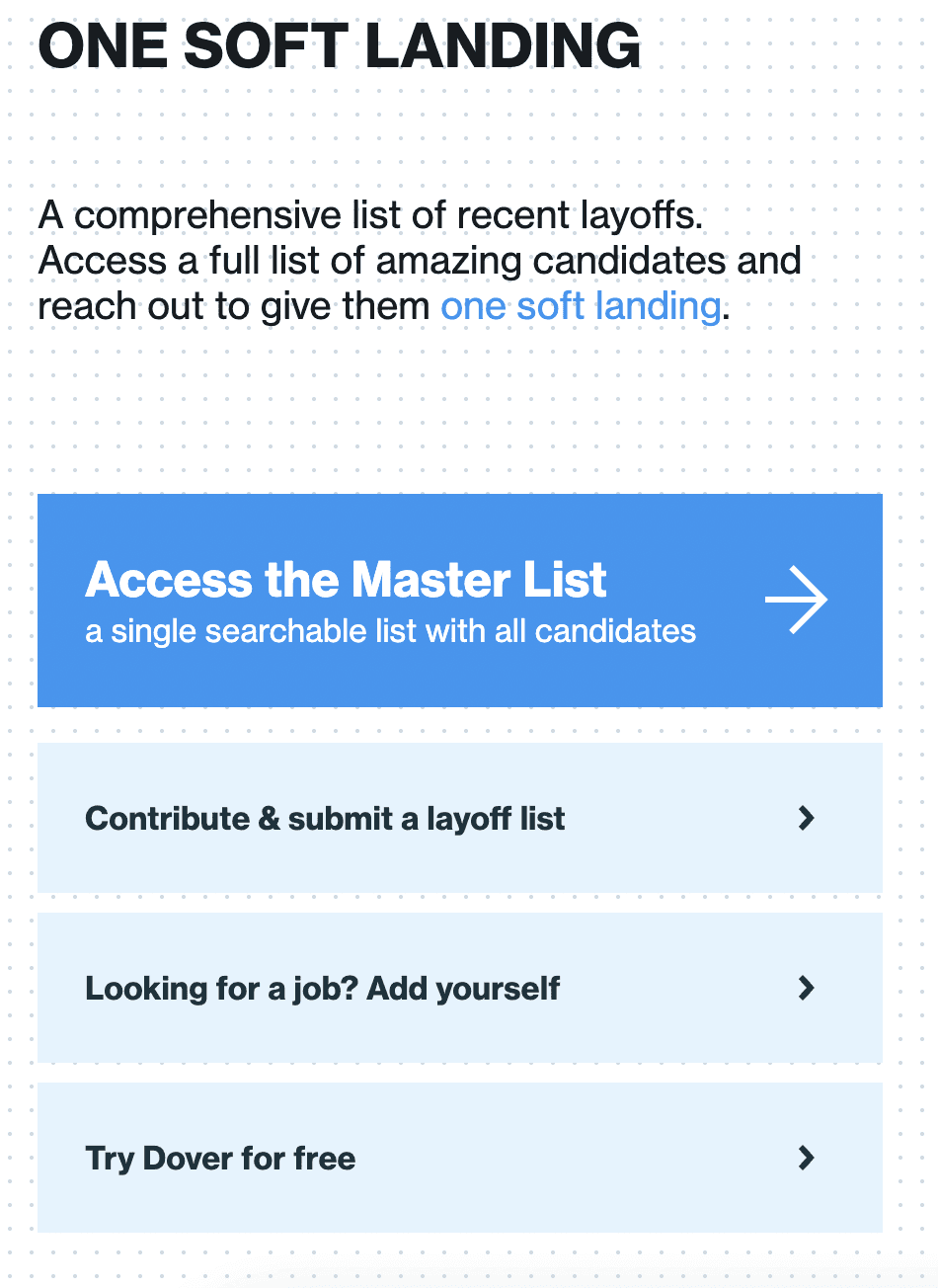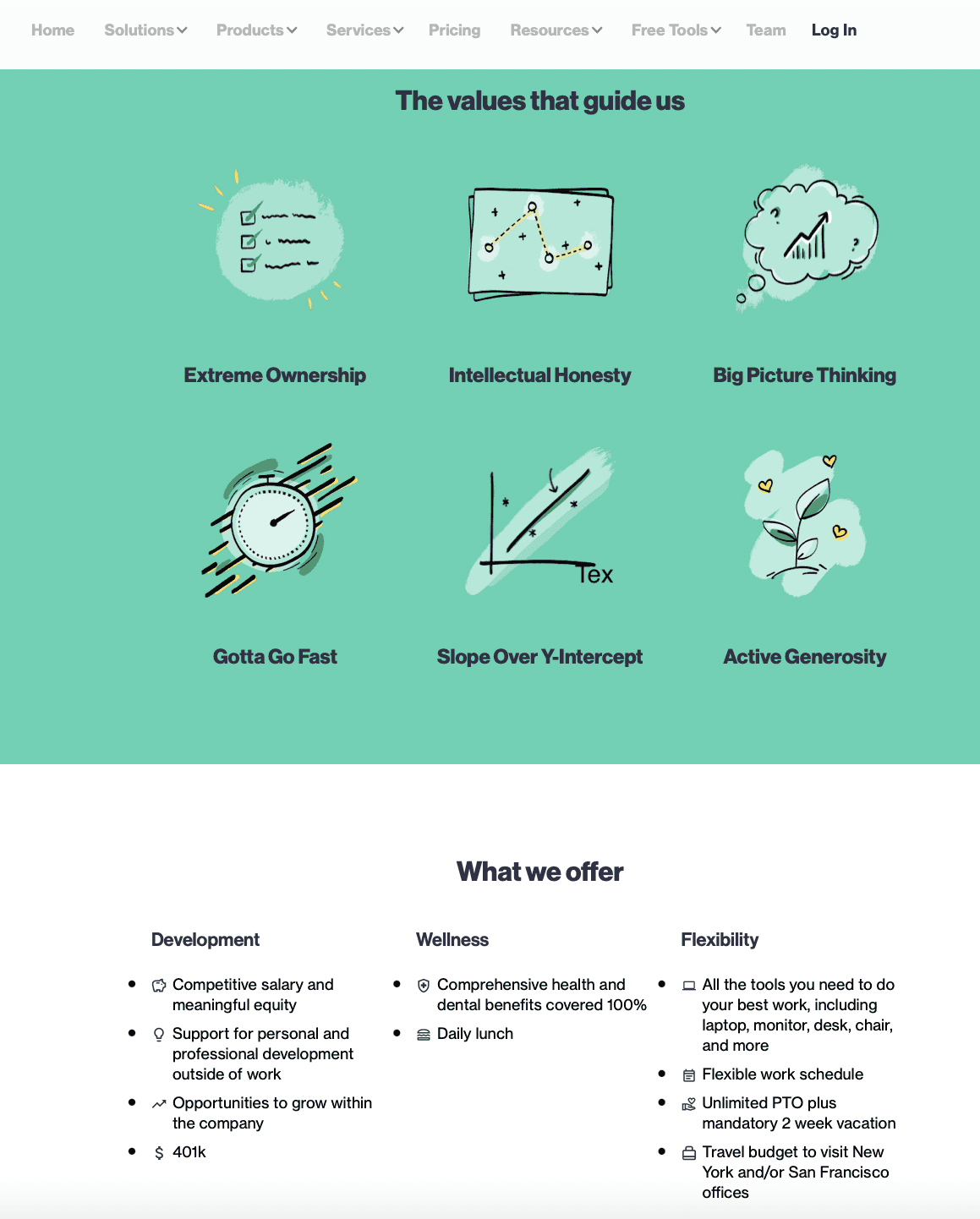9 strategies for sourcing top passive candidates for your startup

Jessica Alejandre
October 23, 2023
•
7 min

Hiring and recruiting is a lengthy process — according to SHRM, the average time it takes to hire a new employee is 36 days.
Using unique sourcing strategies to have a pool of warm future talent is key to being competitive in today's market. Why? Starting from scratch to build a pool of qualified candidates for each new role will cost you in time and money.
In this blog, we’ve compiled our list of the top ten sourcing strategies for 2023, from our work helping 200+ companies hire top talent:
1. Create an ideal candidate persona.
By leveraging candidate personas, recruiters can better understand a position’s needs and what kind of traits will make an ideal candidate. Additionally, they can use the persona to inform their job advertising to ensure they are attracting the right types of candidates.
Before you start your search, sit down with your hiring manager and draft an ideal candidate profile; consider things like:
Prior work experience
Field of study
College attended
Industries they have experience in
How they communicate
How they manage and collaborate with people
When it comes to interviewing, having a shared understanding of the candidate persona helps guide conversations and elicit responses that accurately assess each candidate’s skills. This helps your hiring team make more informed decisions about the type of person they’re looking for, and helps more easily narrow down your shortlist of candidates.
2. Don't fumble your follow up.
Candidates are inundated with emails in today’s market — many times, they likely miss your initial outreach. Looking at Dover’s internal data, we’ve seen that follow-up emails produce a significant amount of interested candidates — with 25% of interested candidates coming from the second follow-up and 30% for the third follow-up.
Knowing how many times to follow up without losing a candidates’ initial interest is also crucial. Our internal data shows that two follow-ups spread 3 days apart produce the highest ROI.
3. Post jobs on social channels.
Most employers use social media as a way to reach potential candidates. It is also an effective sourcing strategy to post the jobs you are hiring for on your most popular social channels, or engage and interact with potential candidates by creating content that showcases your company culture.
The best social channel for your team to use varies based on your ideal candidate persona — where do they typically engage with your company the most? Where do you or your team currently have the strongest following or brand recognition?
As expected, the top social platform for recruiting is LinkedIn, closely followed by Facebook, Twitter and Instagram.

Let's outline the pros and cons to each:
Pros: Its tablestakes for recruiting — this is where you can engage broadly with candidates who fit your criteria or follow your company. Regardless of how much you utilize it for promoting your open roles, you should definitely advertise that you’re hiring.
Cons: It’s expensive to promote job postings. Additionally, because of its size, it’s oversaturated with employer branding posts, and unless you have a decent following or a team dedicated to it, it’ll take a lot to stand out against the noise.
Pros: If you’re hiring for part-time work in sales, retail, or the food industry, Facebook is a goldmine for talent. You can also add more targets to your search based on candidate demographics, so you can zero in more closely on your ideal candidate.
Cons: Facebook recruiting doesn’t work well if you don’t have a large following on your company page already, since it takes a lot to capture attention on people’s personal social feeds.
Pros: Instagram is a great way to start showcasing your employer brand and engaging with younger candidates. It can also put your posting in front of folks who may come from unconventional backgrounds but have the exact skillset you’re looking for.
Cons: Like Facebook, Instagram recruiting only works if you already have some brand awareness and a decent following.
Pros: 61% of job seekers take to Twitter on the job hunt. And if you’re in tech or have a large personal social media presence on Twitter, it can be a great way to get applicants from those who directly align with your mission or industry.
Cons: Have you tried writing a job posting in < 280 characters? It’s pretty difficult. Unless you have fairly good branding or design skills, it’s going to be tough to sell your role if you’re an early stage company.
A great example comes from E. & J Gallo Winery, who promotes marketing roles on their Instagram page. Video content performs best on visual mediums, like Instagram, driving engagement and clickthrough rate.

4. Utilize employee referrals.
If you hire great people, you’ll always hire great people. Why? Great people know other great people, and will probably refer them to join your company. Your employees understand your company’s culture and are great judges on a candidate's ability to be a reliable team member.
Providing candidates with templates or a script they can use to reach out to their network is useful, especially since many folks feel awkward when reaching out to their own contacts. For more tips, read our blog on how to hire from your personal network without feeling awkward about it.
5. Find talent with recent layoff lists.
With recent layoffs rattling the job market, there is a bigger pool of active talent eager for a new position.
Layoff aggregator sites, like layoffs.fyi or Dover’s own onesoftlanding.com allow you to access the contact information for recently laid off employees, which can be a great way to find top talent who you know will likely respond to your outreach.

6. Personalize your outreach.
After you’ve narrowed down a list of target candidates, how do you get them to find your company and opportunity exciting enough to start a conversation? By writing effective recruiting emails that are tailored to their personal skills, background and interests.
At Dover, we discovered personalized outreach increased interested responses by more that 30%, even if the candidates responded as “not interested” to other companies.
When writing your own personalized sentences, you’ll want to search a candidate’s profile for any overlap in skills with your current role. If you can’t find anything interesting to call out (or if they have a minimal online presence) you can ask how things are going in their current role.
Examples include:
I’m really interested in the project you worked on at ACME — can you tell me more about it?
How are things going at Facebook? Really impressed with your professional trajectory there!
Love your experience with building an e-comm app — that will be one of your primary areas of focus in this new role!
7. Establish your employer brand to attract talent.
While employer branding doesn’t always produce immediate results, establishing your company as a place where employees are happy to work will improve the likelihood of your candidates responding. According to a study by Glassdoor, 86% of employees and job seekers research company reviews and ratings to decide on where to apply for a job.
When auditing your brand, you want to take a look at the following:
Your careers and team page
Your social profiles and how up to date they are
Employee testimonials
You have a clear employee value proposition
If you’re just getting started with employer branding, the first thing you should do is build a careers page. This is an opportunity to highlight the benefits, share more about the company and showcase your current team.

For more ideas and strategies to improve your employer branding, download our e-book: The Ultimate Guide to Employer Branding.
8. Write an enticing job description.
Many candidates determine their fit through your job description and will usually reference it during an interview. According to an Indeed survey of over 2,000 job seekers, more than half say the quality of a job description is “very or extremely influential” on their decision to submit an application.
A good job description will include the following:
projects the new hire will work on or day-to-day aspects of the role
necessary skills and competencies
organization’s culture.
Pro tip: Keep your job descriptions concise — language guidance tool Textio recommends ssticking to 5-7 bullets to increase the likelihood that candidates read your entire post.
To dive deeper, download our ebook on writing great job descriptions here.
9. Consider using niche job boards.
If you’re hiring for a role with a small candidate pool, or with unique responsibilities and experience requirements, you’re better off finding niche job boards to hit your goals. According to SHRM, though job boards for unique roles don’t produce the same quantity of candidates as other job posting sites, they give you more shots on goal with candidates that have the skills and experience you are seeking. Keep the following niche job boards in mind next time you’re hiring for tech roles: Stack Overflow, AngelList, Tech Talent, or Geeklist.
Regardless of which strategies you use, it’s important to continuously audit your hiring process so that you optimize weak points, refine your strategies, and save time and money in your recruiting process overall.
Try Dover’s ATS and Recruiter Marketplace today!
Our Applicant Tracking System is completely free to use. Ready to learn how Dover can help improve your hiring pipeline and bring you more top hires? Sign up and get started with Dover today.
Kickstart recruiting with Dover's Recruiting Partners
